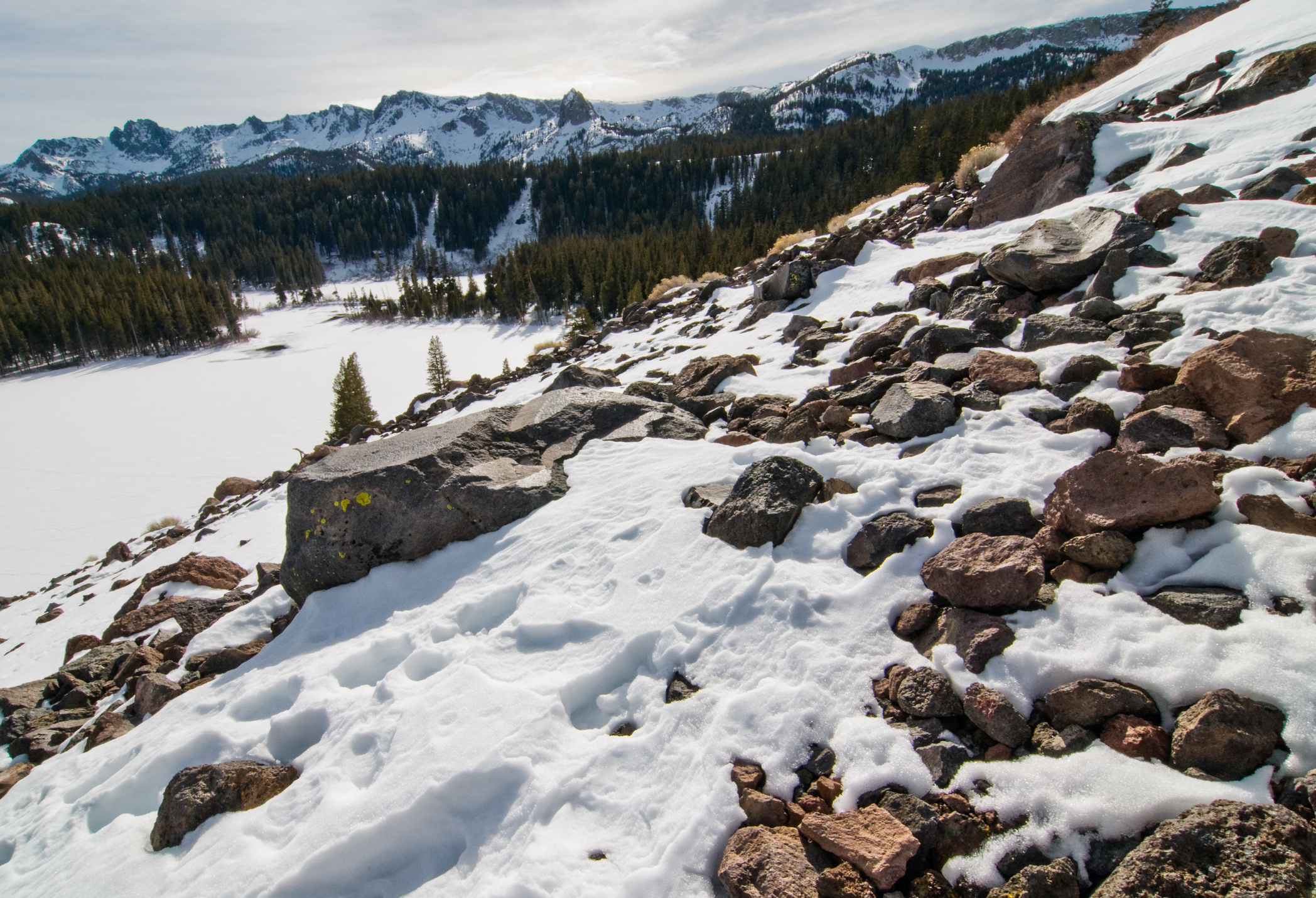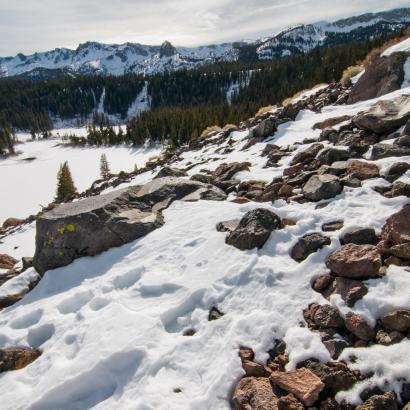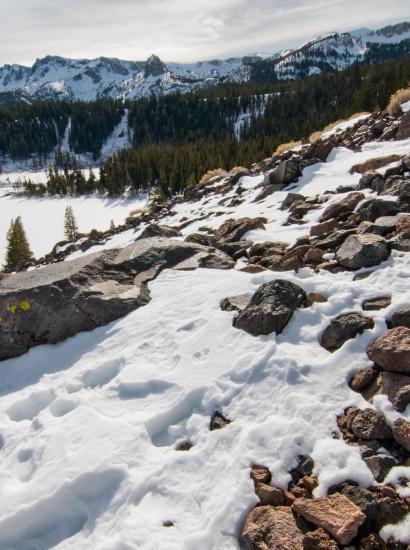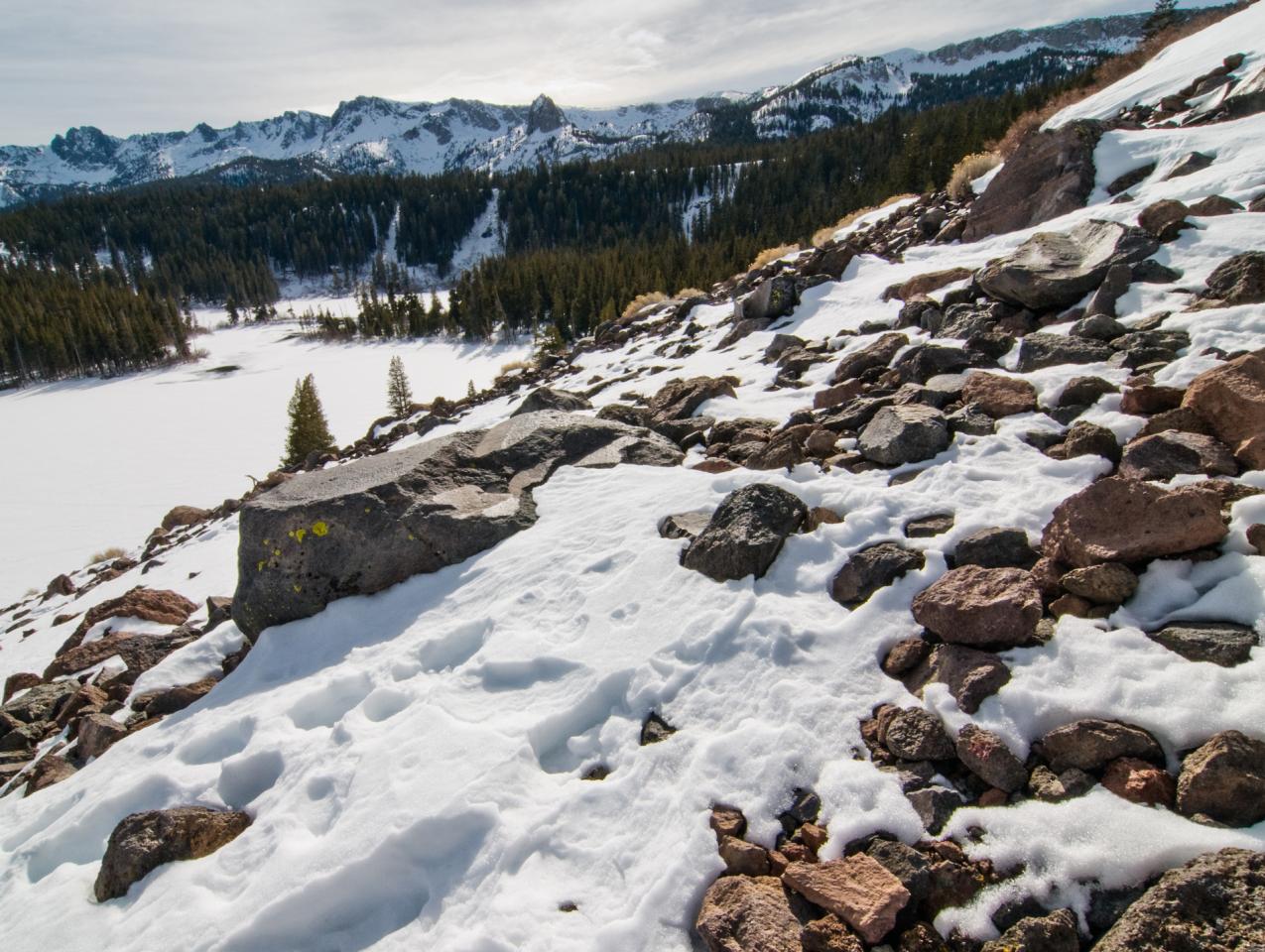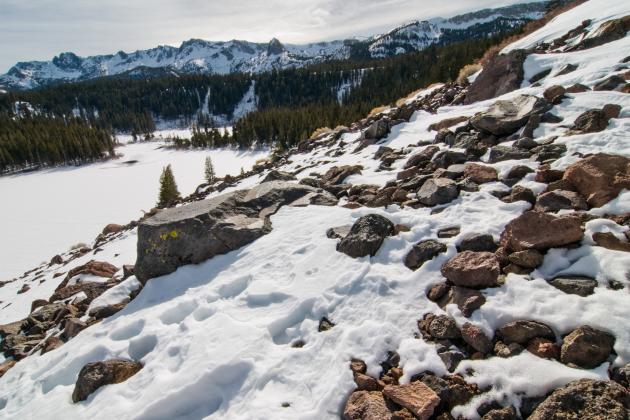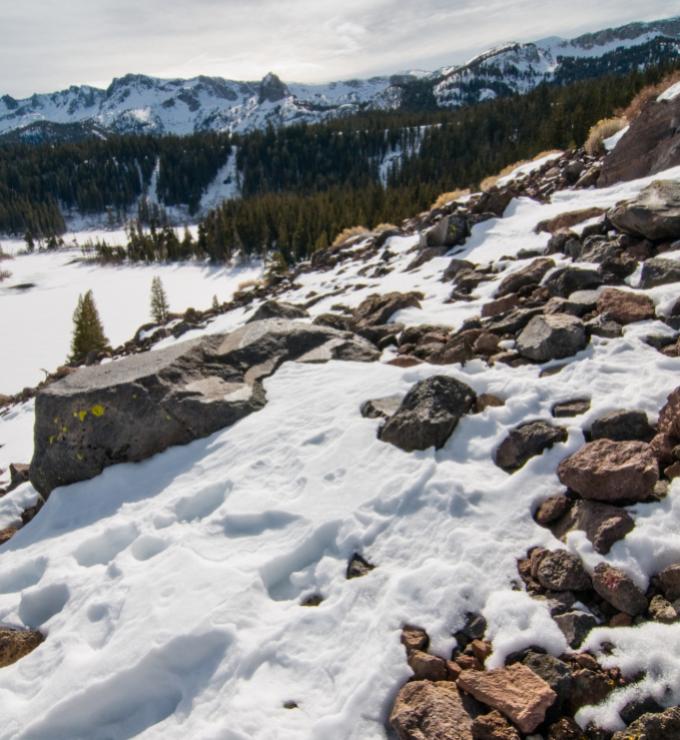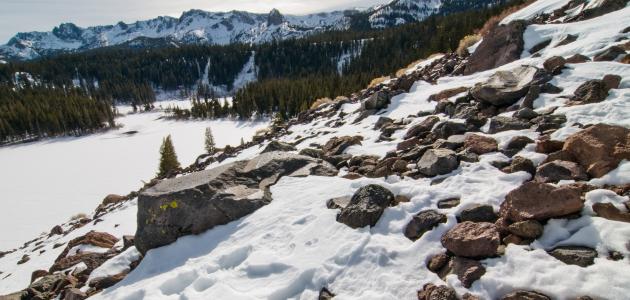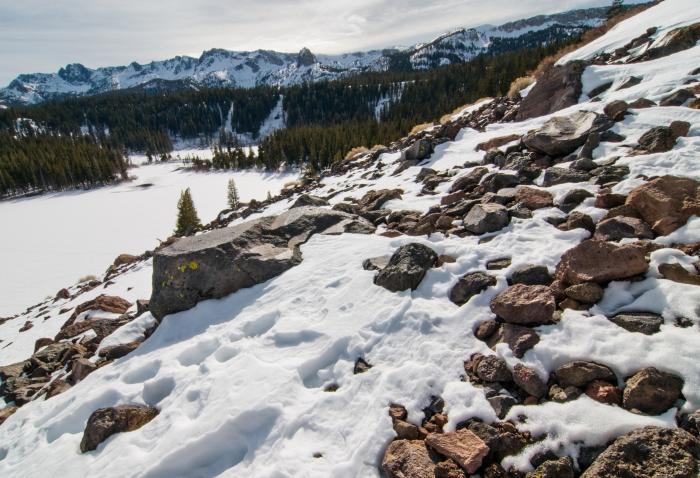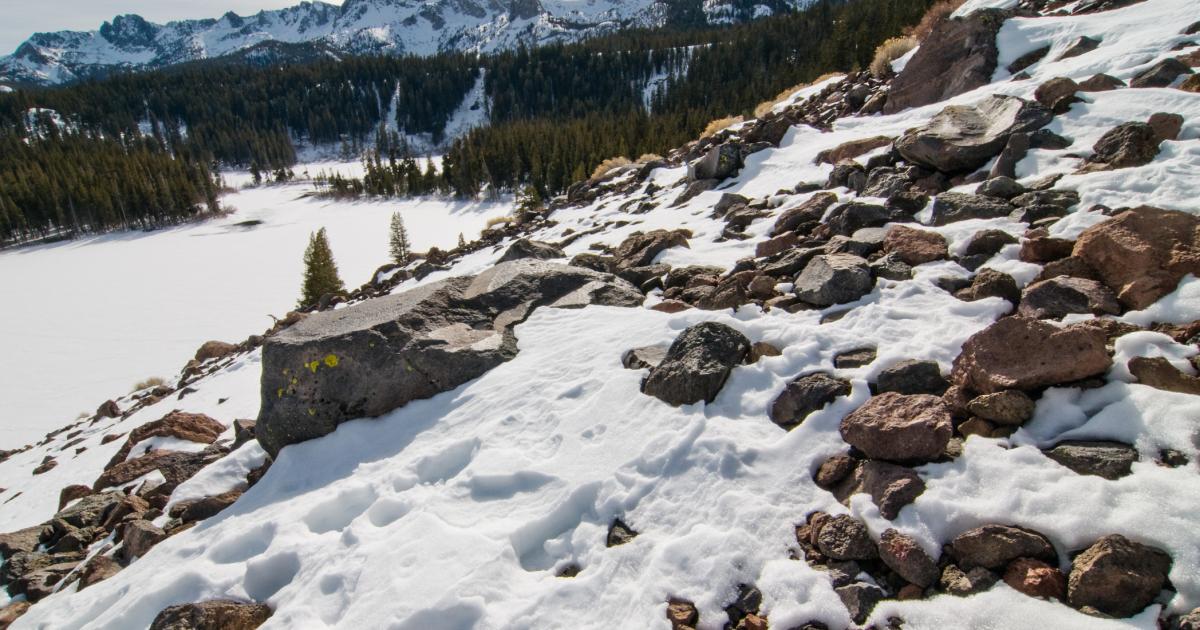- Energy & Environment
- Politics, Institutions, and Public Opinion
- State & Local
- California
Here’s a pro tip for California governor Gavin Newsom, now that’s he’s transitioned from life in tony Marin County to a residence closer to his workplace (after promising to live in the historic Governor’s Mansion in downtown Sacramento, California’s First Family instead bought a six-bedroom, $3.7 million spread in Fair Oaks, about 15 miles from the state capitol, replete with a pool, hot tub, tennis court, and wine cellar).
The tip: keep an eye on your water bill.
I mention this while thinking of a minor inconvenience experienced by former governor Pete Wilson soon after he took office nearly three decades ago (full disclosure: I was Wilson’s chief speechwriter during his second gubernatorial term, in the second half of the 1990s).
In early 1991, California was suffering through a drought, with state officials cutting water to farmers and deliveries to cities by half.
Wilson did what governors do in such crises: he asked for self-constraint (an ex-Marine, Wilson offered this advice: “If there are any former sailors around they will perhaps know what a ‘sea shower’ is. You get wet, turn the spigot off, you soap yourself down, and when you’re ready to rinse you turn it back on again.”)
The problem was: the governor was guilty of a liquid double standard. A ruptured valve in Wilson’s swimming pool led to the consumption of nearly 1,170 gallons of water a day, nearly triple the amount used by his suburban Sacramento neighbors (the Wilsons likewise passed on living in the downtown mansion, which had fallen into disuse since the mid-1960s, when the Reagans refused to live in the outdated Victorian structure, until Jerry Brown moved back in).
For Wilson, it was an embarrassing case of “do as I say, not as I do,” even if the water usage wasn’t his fault.
As we close out what has been a bitter year for Californians—a pandemic, an economic collapse, and social unrest—two plotlines for 2021 seem evident.
One is how California readjusts to a more conventional existence come the time a coronavirus vaccine (or vaccines, plural) is readily available on a wide scale. Will Californians who’ve fled return to the Golden State, or is cheaper living a more powerful magnet? Will businesses reopen their closed spaces or allow their workforces to continue their virtual operations (Twitter, headquartered in downtown San Francisco, has said it will allow its employees to work from home “forever” if they so prefer).
The other 2021 storyline: barring an unanticipated change in weather patterns in the coming weeks and months, a very dry California and the effect a water shortage will have on battling wildfires, growing produce, and living the good life of washed cars and pristine lawns and swimming pools.
According to the website US Drought Portal, nearly 16 million Californians (43% of the Golden State’s population) are living in drought conditions at present, with another 5.57 million Californians residing in “abnormally dry areas.”
In case your inner policy nerd is curious, there are four “drought” categories:
- moderate: some damage to crops and pastures; some water shortages developing; voluntary water-use restrictions requested
- severe: crop or pasture loss likely; water shortages common; water restrictions imposed
- extreme: major crop/pasture losses; widespread water shortages or restrictions
- exceptional: exceptional and widespread crop/pasture losses; shortages of water creating water emergencies
The good news: in no part of California is the present drought considered to be “exceptional,” and only 25% of the state is rated as “severe” or extreme” (meanwhile, more than one-third of the western United States is in “extreme” or “exceptional” drought, according to Drought.gov.).
Now, the bad news: the state’s political leadership seems ill suited and unlikely to come up with a comprehensive plan to help the state avoid such future water crises, other than a lot of public tsk-tsking and tut-tutting (not unlike Newsom’s public awareness effort and almost daily pleading for Californians to wear face masks).
If a vibrant California—one featuring a growing economy and a public returning to a more active existence—demands more water for commercial and residential use, one solution seems obvious: create more water storage. And therein lies the problem. One side will argue that the Golden State needs more dams and reservoirs. The counterargument: California’s pretty much used up its good dam sites; the state’s nearing a practical limit for surface storage.
The sad reality in Sacramento: California’s government makes things difficult for both parties. Lawmakers drag their feet on the construction of new storage facilities, lest they incur the wrath of environmentalists; the state is slow to respond to remove silt and gunk in reservoirs that takes up precious water space.
So what to expect in Sacramento in 2021? The safe wager is more of the same, even if the state grows drier. The left will preach the evils of climate change; the right will rail against green policies and environmental overregulation. Meanwhile, common-ground remedies—for example, how to capture potentially trillions of gallons of rainwater that flow into city drains and eventually out to sea—remains elusive (not to mention expensive).
Here’s a suggestion before we reach 2021’s water drama: when you gather for Thanksgiving (to the extent that state guidelines encourage such holiday gatherings), say a simple prayer for rain . . . and snow.
Here’s why: in a state whose government rarely misses an opportunity to intervene, it’s Mother Nature who has California at her mercy—specifically, the current La Niña conditions (with cooler waters off the coast of South America) that often leaves California high and dry in the winter (conversely, an El Niño event usually means a wet winter for the Golden State).
So pray for rain. Only, the right kind of rain—cold moisture that doesn’t melt at lower altitudes and creates a healthy snowpack in the upper elevations of the High Sierras, allowing for an adequate spring and summer runoff. One of the nuances of California living is understanding the differences between a cold storm emanating from the Gulf of Alaska versus a “pineapple express” that brings much warmer moisture from the tropical Pacific around Hawaii (the warm water only freezes at higher altitudes, which means it produces a large runoff and flooding downstream).
Praying for it to rain this winter in California, when it likely won’t—other than the occasional mild front such as the one forecast to descend upon the Bay Area today and possibly tomorrow.
Maybe it’s not quite a miracle, but isn’t California due for a lucky break?







